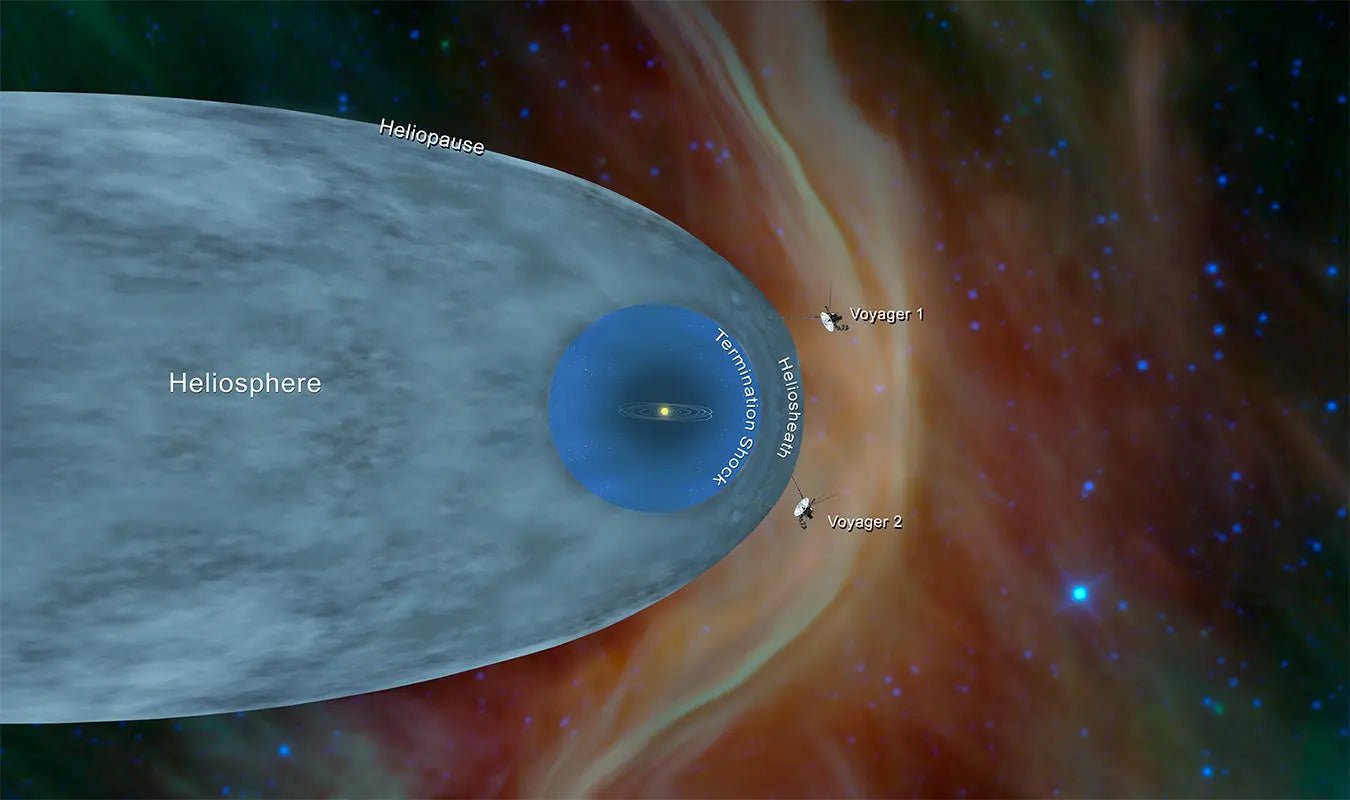What Did We Learn from the Voyager Missions?
The Voyager missions, launched by NASA in the late 1970s, have been one of the most groundbreaking endeavors in the history of space exploration. Consisting of Voyager 1 and Voyager 2 spacecraft, these missions were originally intended to explore the outer planets of our solar system: Jupiter and Saturn, and their respective moon systems. But the missions have exceeded expectations, continuing to provide invaluable data as they venture into interstellar space.
Voyager 1 was launched on September 5, 1977, and Voyager 2 followed suit on August 20 of the same year. Although Voyager 2 was launched first, Voyager 1's trajectory was a faster route that took it to Jupiter and Saturn ahead of its sister ship. Both spacecraft carried a variety of scientific instruments designed to study magnetic fields, cosmic rays, space plasmas, and other phenomena.
Jupiter and its Moons
The first major target was Jupiter, the largest planet in our solar system. Voyager 1 reached Jupiter in 1979 and was followed by Voyager 2 later the same year. At Jupiter, the spacecraft made several important discoveries. They provided unprecedented close-up images of the planet's Great Red Spot, a massive storm larger than Earth that has been raging for centuries. The missions also discovered that Jupiter has faint rings, which were previously unknown.
Perhaps even more fascinating were the discoveries about Jupiter’s moons. Voyager data showed that the moon Io is the most volcanically active body in the solar system, with sulfur geysers erupting up to 280 miles high. Another moon, Europa, appeared to have a smooth, icy surface, suggesting a subsurface ocean—a potential abode for life.
Saturn and its Moons
The Voyagers reached Saturn in 1980 and 1981. One of the most spectacular discoveries was that of Saturn’s moon Titan, which has a thick atmosphere composed largely of nitrogen and methane. The revelation sparked interest in Titan as a possible site for prebiotic chemistry and perhaps even exotic forms of life. The spacecraft also provided detailed images of Saturn’s rings, revealing complex structures like "spokes," which are dark features in the rings that rotate along with them.
Uranus and Neptune
Voyager 2 continued on to Uranus, reaching the planet in 1986. It discovered 10 new moons and two new rings around Uranus, as well as revealing that the planet's magnetic field is tipped over and offset from its center. This was the first time a spacecraft had ever visited the planet, and the data collected expanded our understanding significantly.
The final planetary encounter was Neptune in 1989. Voyager 2 discovered several new moons and an unexpectedly active weather system, including a "Great Dark Spot," similar to Jupiter’s Great Red Spot but much smaller. Triton, one of Neptune’s moons, was found to have geysers erupting nitrogen gas, making it one of the most geologically active moons in the solar system.
Interstellar Mission
After their planetary encounters, the Voyager spacecraft were re-tasked with the Interstellar Mission. They are now more than 14 billion miles from Earth, providing data on the heliosphere—the bubble-like region of space that surrounds the solar system—and venturing into interstellar space. In 2012, Voyager 1 became the first human-made object to enter interstellar space, followed by Voyager 2 in 2018. They continue to send back data that help us understand the nature of the space environment beyond the influence of our Sun.
The Golden Record
Both Voyagers carry a "Golden Record"—a phonograph record containing sounds and images intended to portray the diversity of life and culture on Earth. The record includes 115 images, natural sounds, spoken greetings in 55 languages, and a selection of music from different cultures and eras. The idea was to provide an artifact of human civilization, in case either spacecraft is ever found by intelligent beings from another star system.
In conclusion, the Voyager missions have revolutionized our understanding of the solar system and are now providing the first direct data from interstellar space. The spacecraft have immensely expanded our knowledge of planetary atmospheres, magnetic fields, and moons, and have fundamentally changed how we think about our place in the universe. As they continue to travel farther from home, the Voyagers serve as a humbling and inspiring reminder of the boundless possibilities for discovery that await us in the cosmos.

